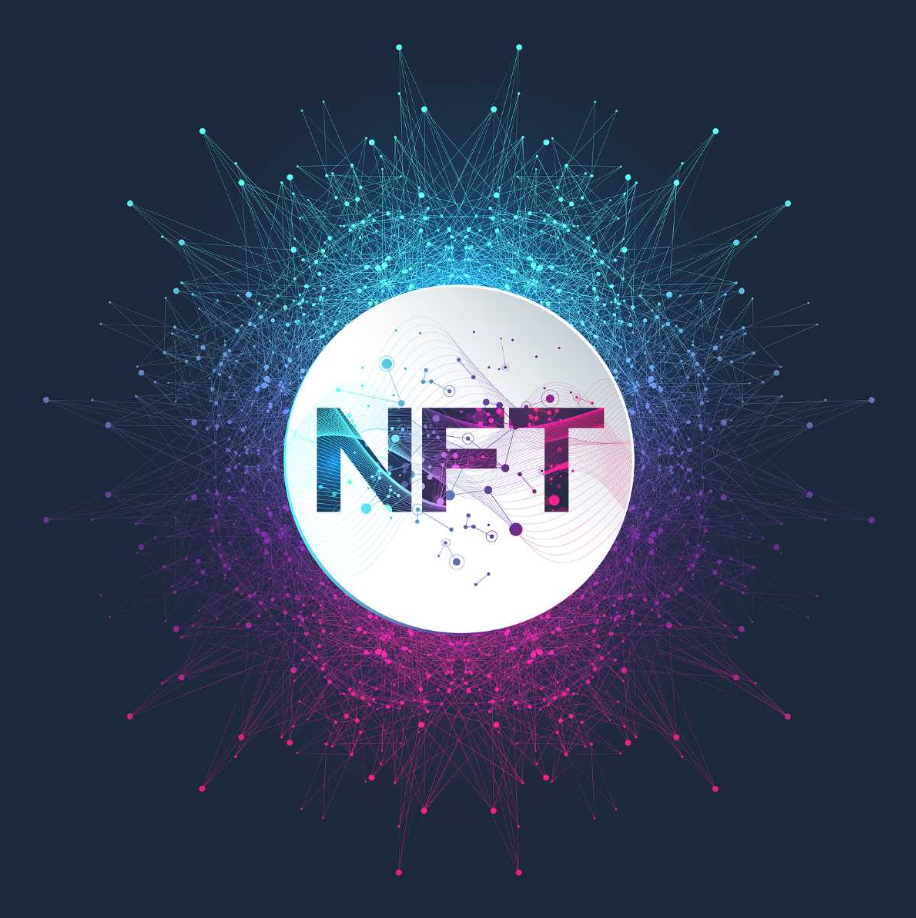With the growing transformative potential of Web3 technology, it's becoming increasingly clear that a robust and sustainable economic model is required to support the secure operation of its infrastructure and the influx of new users. As traditional capital markets show increasing interest in leveraging the power of Web3 for asset tokenization, the need for sustainable economics becomes imperative.
Leading the way in this endeavor is Chainlink 2.0, which aims to create a resilient oracle economy to support the entire Web3 ecosystem. Chainlink 2.0 seeks to ensure the long-term operability of Web3 by restructuring user fees, reducing operational costs, and enhancing cryptoeconomic security.
The new Web3 economic structure is underpinned by three key components: blockchains, applications, and oracles. Blockchains act as the economic backbone, maintaining and updating asset ownership records and executing smart contracts. Applications deliver value-added services to users, while oracles provide services not otherwise available on their native blockchain or centralized infrastructure.
Sustainable oracle economics play a critical role in supporting the ongoing evolution and expansion of Web3 applications. Chainlink 2.0 introduces innovative strategies such as usage-based payments and user fee-sharing, while also implementing cost-cutting measures like OCR 2.0, low-latency oracles, and feed deprecation.
As we step into a future where Web3 technology reshapes the landscape, Chainlink 2.0 is ensuring the sustainable operation of the Web3 ecosystem. By bolstering the economic viability of oracle networks and supporting the growth and security of the protocol, Chainlink 2.0 is truly paving the way for the success of Web3.










